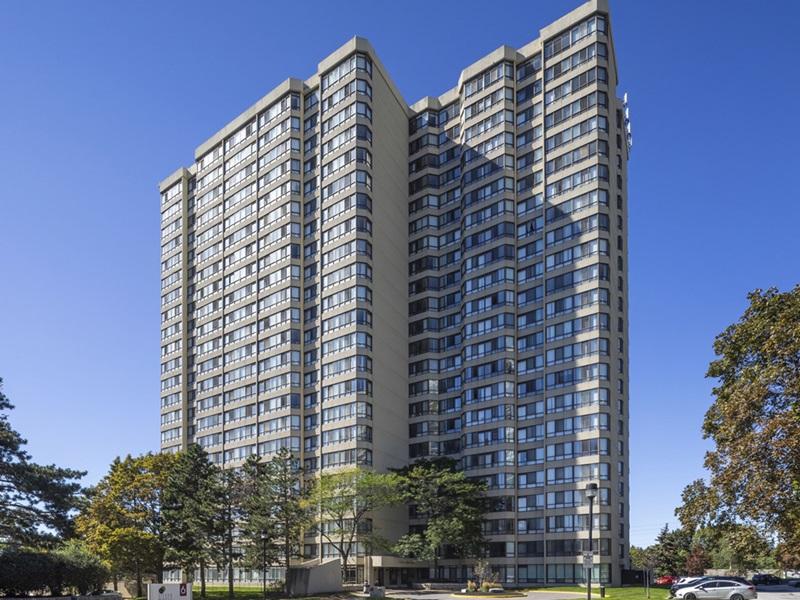While we saw quarter-over-quarter decreases throughout 2020, the drop in Saskatoon’s industrial vacancy during the last three months has exceeded my prediction for the entire year of 2021.
The industrial sector has seen a net absorption of almost 150,000 square feet.
In January, I forecasted we would be at 4.8 per cent by year end. Our recently released ICR Commercial Real Estate Industrial Market Report recorded that rate had already dropped to 4.71 per cent. That represents over a 60-basis points reduction in one quarter.
My review of the market stats indicate this is the largest quarterly drop we have seen in over 10 years.
Industrial sector enjoys low vacancy
Every one of the eight industrial areas we report on recorded a net absorption quarter-over-quarter, which aligns with national trends.
We are recording a vacancy rate of 3.96 per cent within the Marquis area, which is the largest and newest industrially zoned area.
This strength in demand resulted in an increase in average asking rates of 4.5 per cent over the same period last year. The average current rental rates per square foot (PSF) range from $9.50 to $12.50 net, while average occupancy costs range from $4 to $5 PSF.
There was one industrial building permit issued during the first quarter, which means the supply/demand pressure is only going to build, resulting in a further decrease in vacancy and a further increase in asking rates.
Make note, I am revising my annual industrial vacancy rate prediction for 2021: we will see under four per cent before year end, which we have not seen since 2010.
Saskatoon office market remains in flux
The Saskatoon office market presents a very different picture.
With continued negative net absorption, the overall vacancy rate increased to 16.18 per cent.
The impact of sublease space continued to affect that number; it represented over five per cent of the total vacancy in this sector.
Retail holds its own
Despite a very challenging 2020, the retail vacancy rate dropped in the past quarter to 5.18 per cent.
For many merchants, it has been the combination of government support, landlord rent deferrals and reductions in staff and expenses that have allowed them to keep afloat.
We expect the retail sector to experience a rise in vacancy this year. It will be necessary for many business owners to continue to seek creative solutions to stay afloat.
It is always interesting to see how these three different asset classes can be firing on very different cylinders at the same time.









